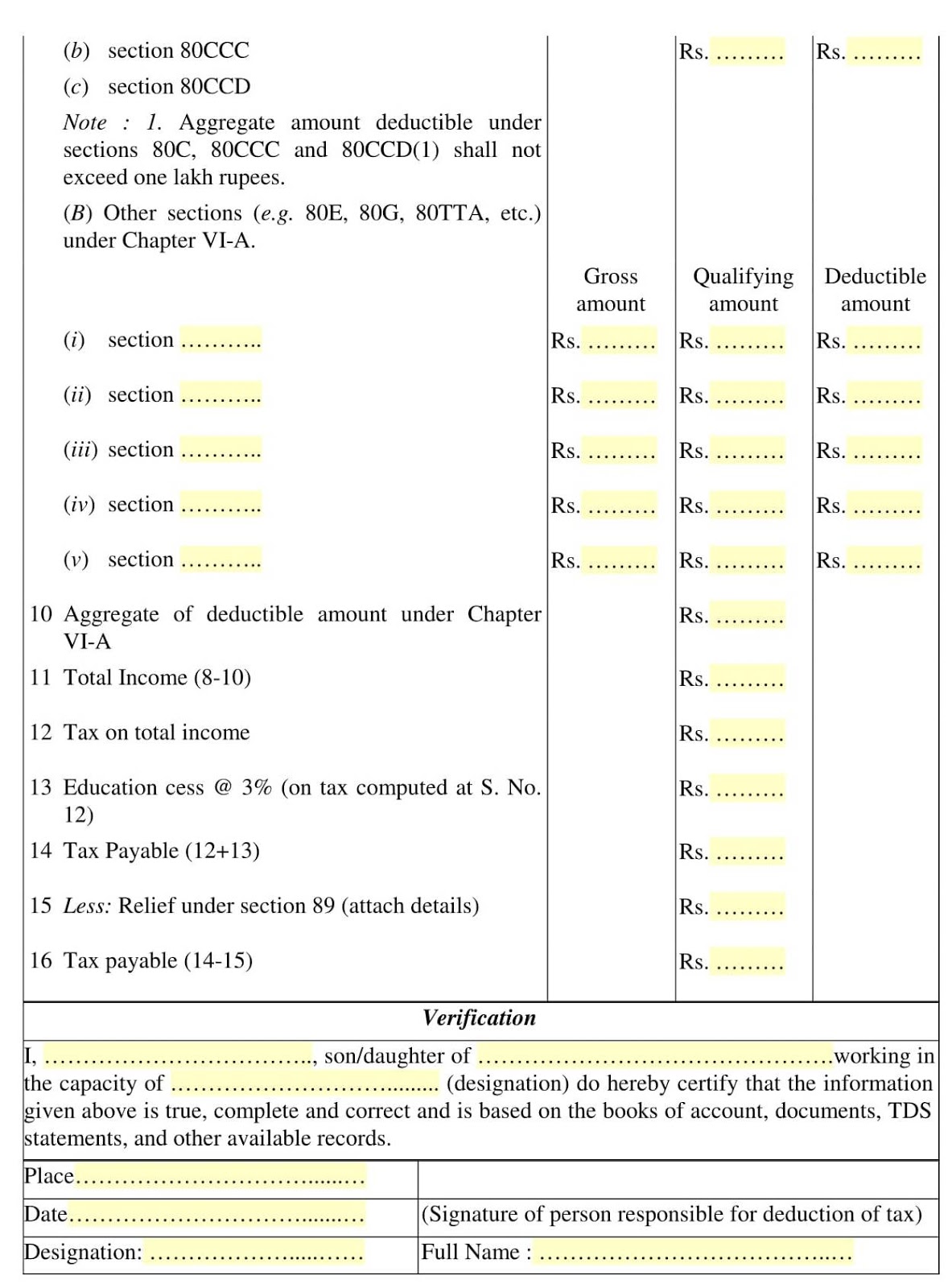

Since submission forms support seamless data collection, they are somewhat indispensable in our everyday lives. When organizing a writing competition, for instance, you can use your submission form as a registration form so that interested persons can register for the competition and also turn in their writing entries at the same time. Submission forms can be used for different purposes by tailoring them to your specific needs. Submission forms are versatile, and in many cases, you can use them to collect information in different formats. What is a Submission Form?Ī submission form is a data-gathering tool that allows you to collect different pieces of information from respondents. In this article, we will discuss 7 top submission form templates that you can use for free in your organization. Submission forms make it easier for you to collect data, receive applications, etc from a large number of people. If you’ve ever had to submit or collect entries for academic purposes, events, competitions, work, then you’d be familiar with a submission form. Press esc, or click the close the button to close this dialog box.A submission form, as the name implies is a form used to receive submissions from respondents. Search (Combination + S): Shortcut for search page.

Site Map (Combination + M): Shortcut for site map (footer agency) section of the page. Main Content (Combination + R): Shortcut for viewing the content section of the current page.įAQ (Combination + Q): Shortcut for FAQ page.Ĭontact (Combination + C): Shortcut for contact page or form inquiries.įeedback (Combination + K): Shortcut for feedback page. Home Page (Combination + H): Accessibility key for redirecting to homepage. Shortcut Keys Combination Activation Combination keys used for each browser.Ĭhrome for Linux press (Alt+Shift+shortcut_key)Ĭhrome for Windows press (Alt+shortcut_key)įor Firefox press (Alt+Shift+shortcut_key)įor Internet Explorer press (Alt+Shift+shortcut_key) then press (enter)Īccessibility Statement (Combination + 0): Statement page that will show the available accessibility keys.

A guide to understanding and implementing Web Content Accessibility Guidelines 2.0 is available at: Compliance to these criteria is measured in three levels: A, AA, or AAA. There are testable success criteria for each guideline. WCAG 2.0 contains 12 guidelines organized under 4 principles: Perceivable, Operable, Understandable, and Robust (POUR for short). This certifies it as a stable and referenceable technical standard. WCAG 2.0 is also an international standard, ISO 40500. This website adopts the Web Content Accessibility Guidelines (WCAG 2.0) as the accessibility standard for all its related web development and services.


 0 kommentar(er)
0 kommentar(er)
